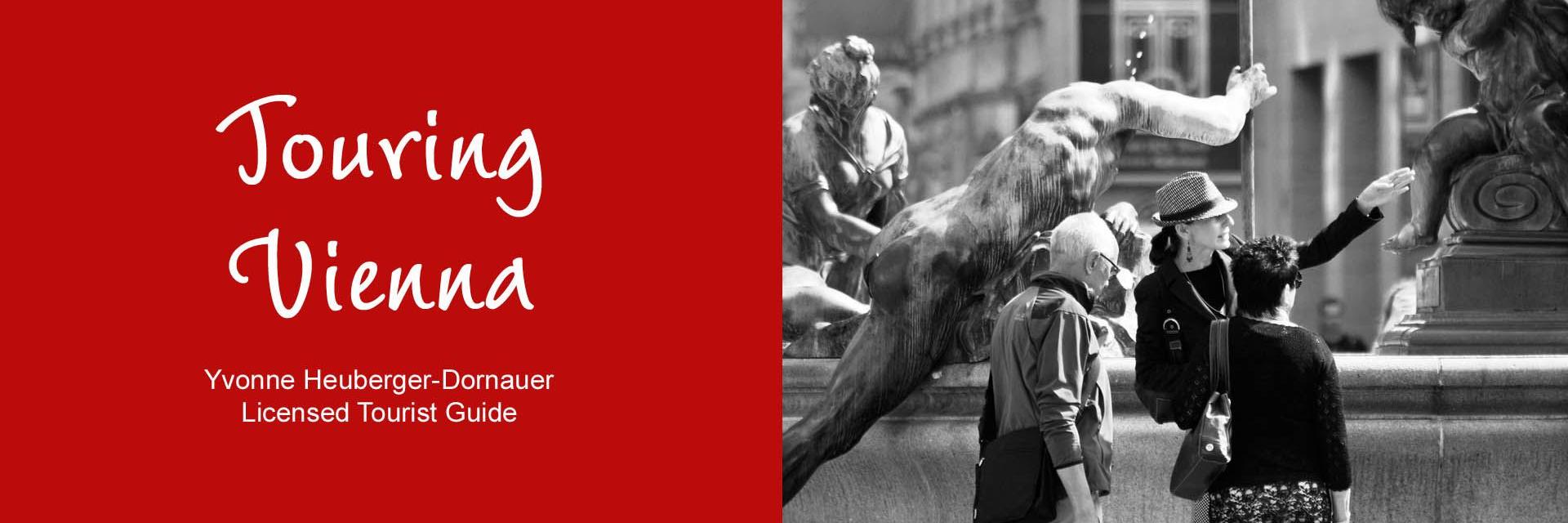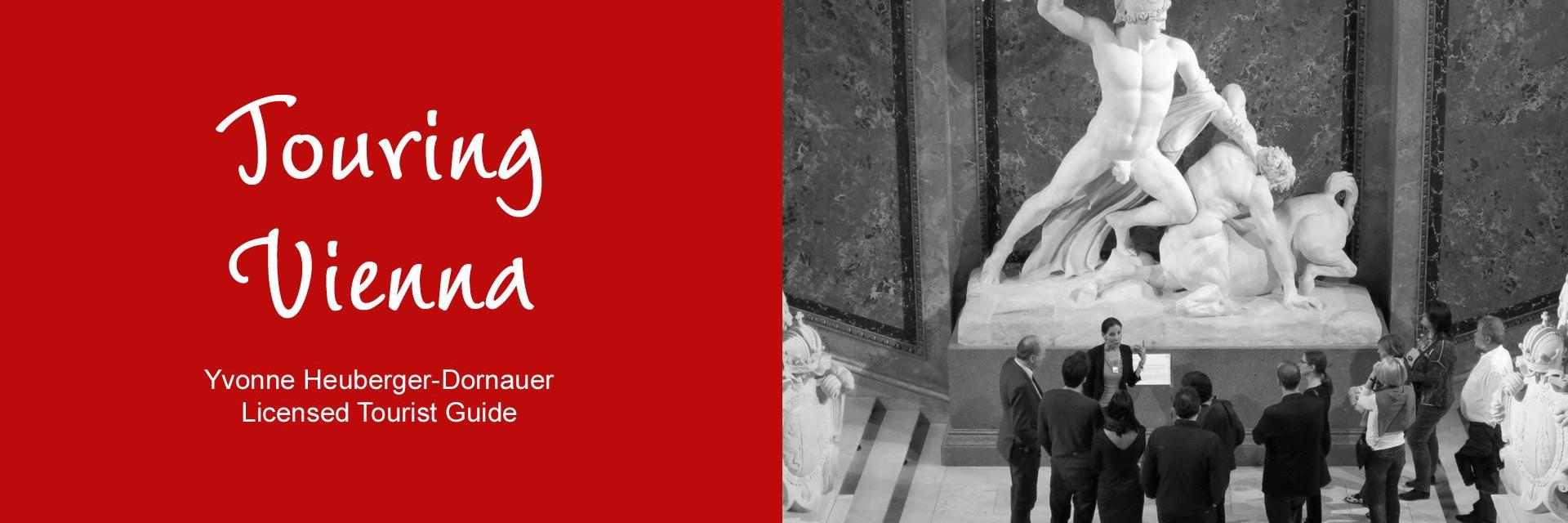History of Vienna
Vienna"s history goes even farther back but it made its made its first major breakthrough at around 15 B.C., when the Romans founded the military camp Vindobona. The city of Vienna was first mentioned in documents in 1137. Around 1155 the Dukes of Babenberg chose it as their residence, and from 1278 it was where the Habsburgs reigned more than six centuries.
Today"s cityscape is dominated by the Baroque, which for the main part originated during the reign of Empress Maria Theresia. Emperor Franz Joseph I also put his imprint on the city when he leveled the city walls in 1857 and oversaw the completion of the splendid Ring Boulevard. He died during World War I after reigning for 68 years. In 1918 Vienna became the capital of the Republic of Austria. Following the annexation of Austria by Nazi Germany in 1938, Vienna was designated a "Reichsgau (an administrative district of the Third Reich). In 1945, it was again proclaimed capital of the Republic of Austria. The city became one of four United Nations headquarters alongside New York, Geneva and Nairobi, in 1979 the UN complex at opened on the banks of the New Danube, and in 1995 Vienna joined the ranks of European Union capitals.
Sightseeing in Vienna









